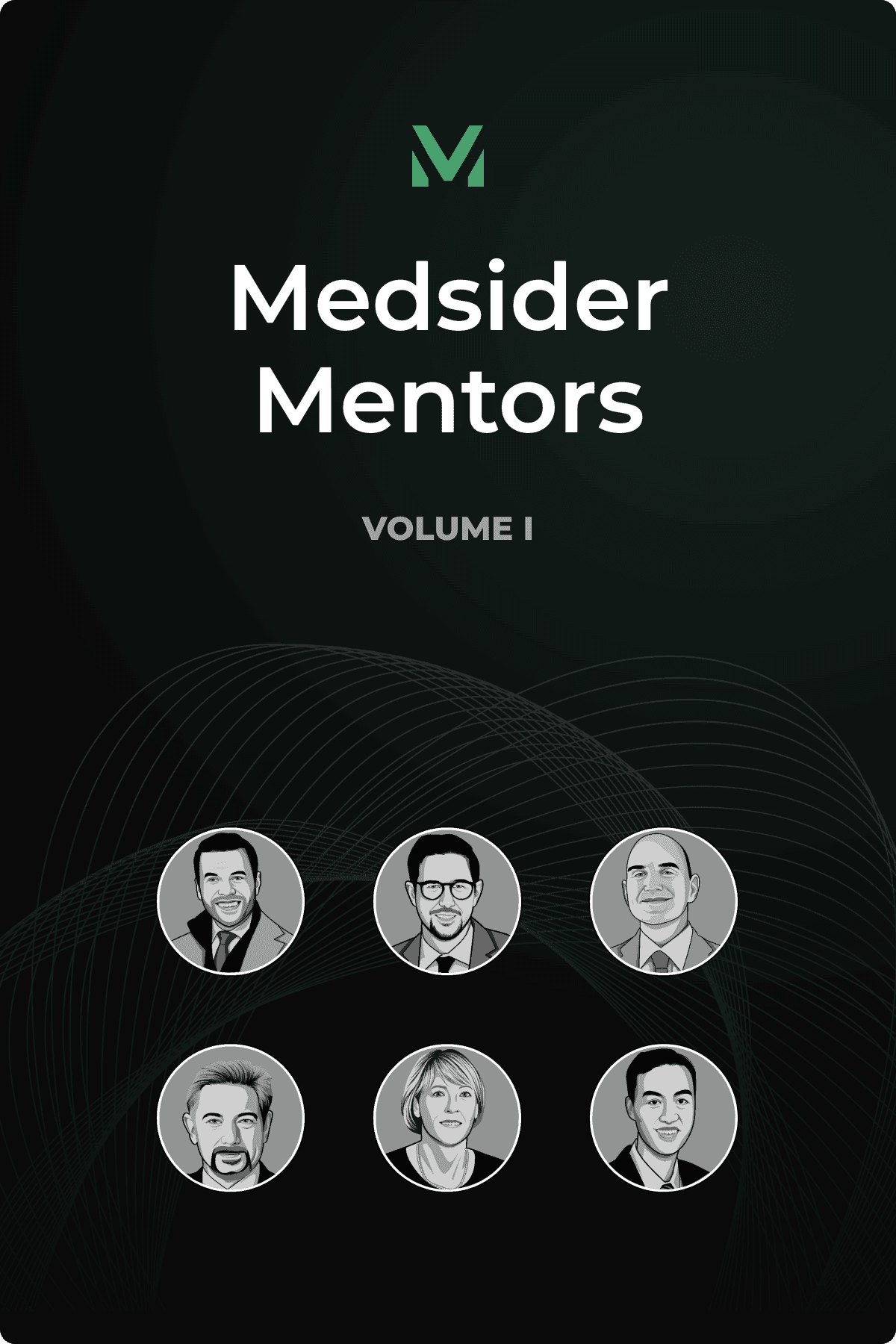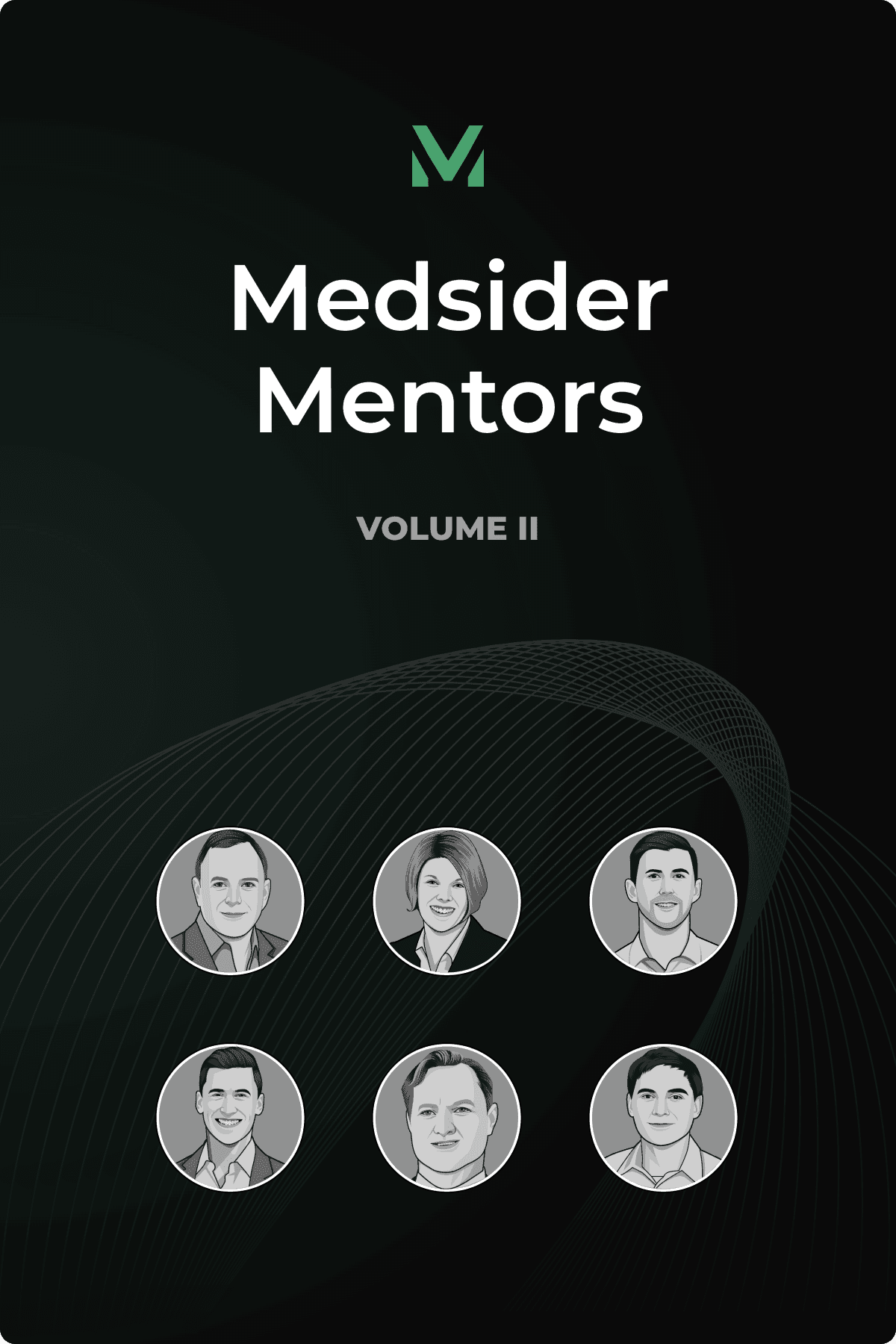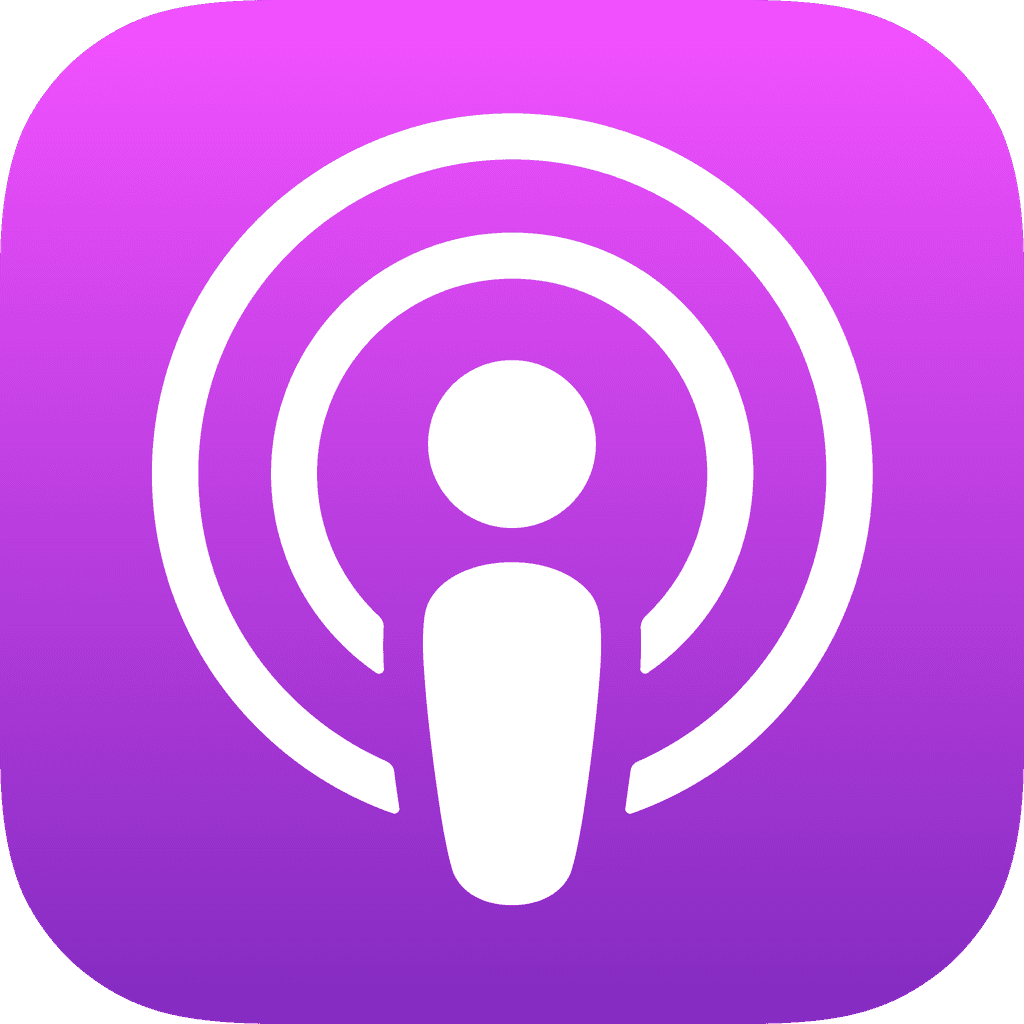A Case for Open-Source Medtech
Interview with Openwater Founder Mary Lou Jepsen

Key Learnings From Mary Lou's Experience
Apply consumer electronics principles to expose inefficiencies in healthcare. Mary Lou challenges the assumption that small-scale production ensures quality. She argues that low volumes often lead to higher costs and less thoroughly tested devices. By designing general-purpose platforms that update via software — like smartphones — she aims to show how modularity and scale could unlock better access, lower prices, and faster innovation in clinical care.
Challenge the regulatory sequence — and shift the moat from exclusivity to execution. Mary Lou argues that collecting data serially slows innovation and locks in high costs. By enabling parallel data collection and shared safety datasets, companies can iterate faster and scale sooner. In this model, competitive advantage comes not from regulatory barriers, but from the ability to improve continuously — and serve patients better.
Open source can be a strategic lever in medtech. Often seen as a threat to profitability, open source is rarely embraced in regulated industries. Openwater takes the opposite view, using openness to accelerate validation, attract collaborators, and reduce duplication. By inviting others to build on their platform, they aim to shift the competitive edge from protecting IP to advancing faster — through trust, transparency, and execution.
Why didn’t Apple price the first iPhone at a million dollars? A few diehards would’ve paid it.
But Apple chose ubiquity over exclusivity — and in doing so, reshaped the global economy. Companies like Uber and Airbnb wouldn’t exist without the $1,000 smartphone.
This core tradeoff — scale vs. exclusivity — defines consumer tech. But in medical devices, the script is flipped: companies spend years and millions to build tools that only the wealthiest health systems can afford — and only a handful of patients ever benefit from.
What if we approached healthcare the way we approach consumer electronics?
Few people can see that disconnect as clearly as Mary Lou Jepsen. While many healthcare leaders follow a common path, Mary Lou charted a radically different course. She pioneered VR and holographic video as a teenager, launched the first microdisplay company, co-founded One Laptop Per Child — a nonprofit initiative that aimed to transform education by building and distributing affordable laptops and software for children in developing countries — led advanced hardware projects at Google X under Sergey Brin, and spent two years at Facebook scaling virtual reality.
Now, after nearly a decade building Openwater, a company using light and ultrasound to diagnose and treat conditions like stroke, cancer, and depression, Mary Lou is applying Silicon Valley thinking to medtech. “Health care feels like the land that time forgot,” Mary Lou says.
The stakes are enormous. In the U.S., medical costs are a leading cause of personal bankruptcy. Access to cutting-edge treatment remains limited to those who can afford it.
For an engineer who helped bring computing power to billions, that’s more than a market failure — it’s a moral one. And Mary Lou, like any good engineer, doesn’t believe in patching a broken system. She wants to redesign it from the ground up.
You May Like These Articles
Medsider Premium
Become a premium member and unlock access to exclusive Medsider benefits.



